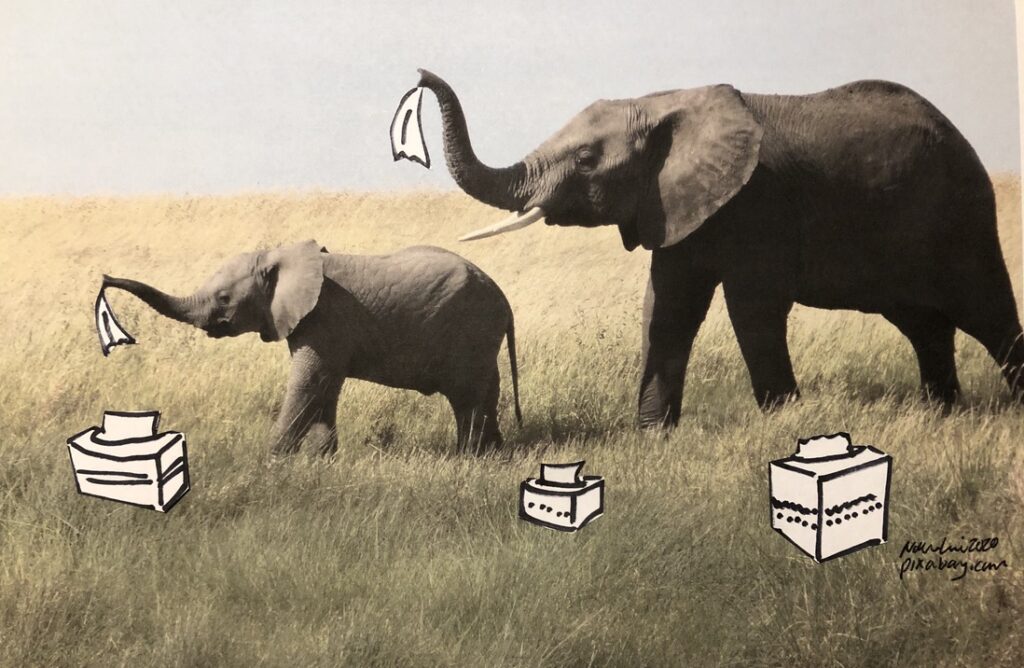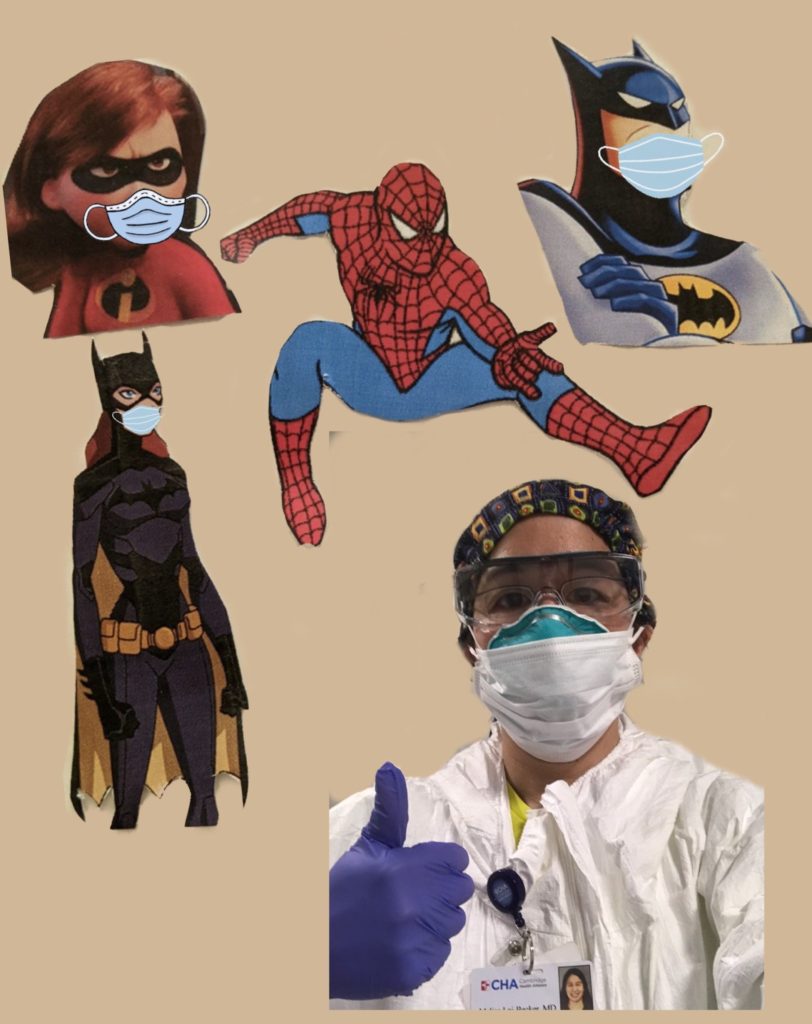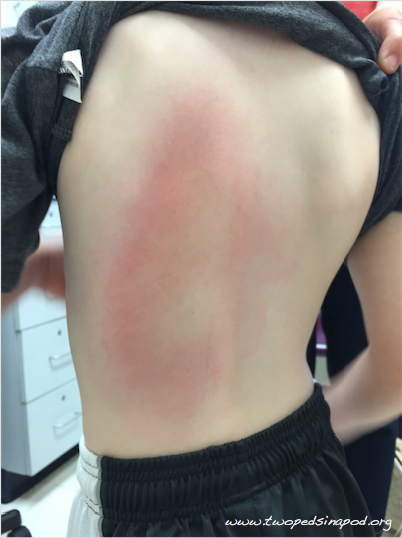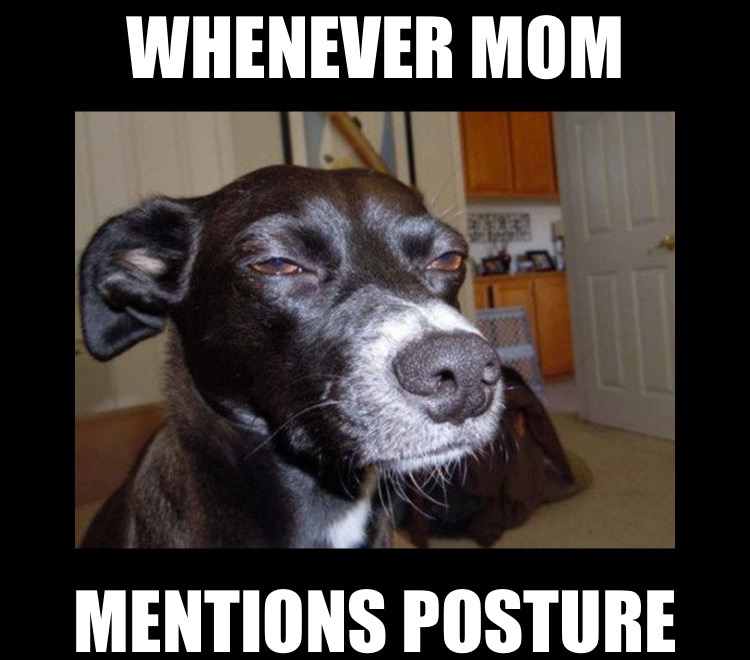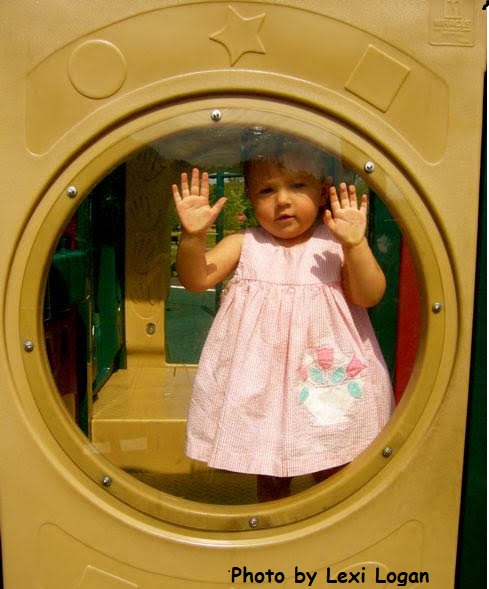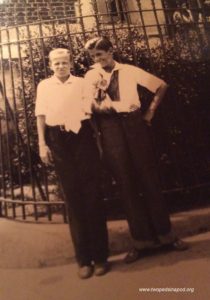Holiday Gifts for school-age kids 2020

We’re bringing back our popular holiday gift guide based on ages and developmental stages. As always, we will concentrate on non electronic options, as well as pandemic-friendly ideas.
Kindergarten:
What’s happening: Kids at this age can hop up and down on one foot and they start having a better sense of time. They tell simple stories, can tell real from make-believe and can swing and climb.
Ideas: Clocks, calendars, and games that require some balance like Twister® are all hits. Games with simple rules such as checkers and puzzles with large pieces are developmentally within reach. They may enjoy reading books with very simple sentences on their own. Foster creativity with colored papers, crayons, markers, stickers, and water-color paints.
Younger elementary school (the little kids):
What’s happening: This group is now more self sufficient. For instance eight year olds can perform self help skills such as tooth brushing entirely on their own. They start to understand quantities and therefore concepts such as money. They display more concern for others and understand team work.
Ideas: make every-day-living activities fun. For instance, give a basket of interesting scented shampoos, or an assortment of toothpastes with a toothbrush that plays a tune. Give wallets or piggy banks (hold on the Venmo account!). Basic sports equipment of any sort will be a hit. Label makers will also appeal to this age group since they have a greater sense of ownership. This age transitions from learning -to -read to reading-to-learn. In other words, they start to cull information from reading. Give age-appropriate non-fiction books about an area of interest to them.
Older elementary school (the big kids):
What’s happening: Fine motor skills are quite developed and intricate arts and crafts such as weaving kits can be manipulated. They are more aware of their bodies as puberty approaches. As peer relationships become more complex, they also experience more peer pressure.
Ideas: If you are a long distance relative, research online some of the things you enjoyed doing as a kid and send out ahead of time some materials such as a set of balloon animals or a deck of cards. Then give the gift of a lesson over Zoom on how to make crazy balloon critters or magic card tricks. No time to send anything out? Give the gift of how to make cat’s cradle variants with random string or how to fold paper airplanes. Your nephew probably outgrew the bike from a couple years ago, so consider replacing it with a larger one. Age-appropriate books about historic figures can give kids ideas for role models. The big kids are also fans of joke and riddle books.
Middle school/Junior high (the tweens):
What’s happening: With increased attention spans (30-40 minutes) they can work on activities for a longer period of time. They pay more attention to body image, looks, and clothes. Complex thought emerges and they can better express feelings verbally.
These kids can cook, really cook.
Ideas: These kids can cook, really cook. Just look at Chopped Junior. Get them the culinary tools you covet. Also, any building project, whether it’s for a model of baby Yoda, or a back yard rocket, will be appreciated. Harmonicas, ukuleles, and keyboards can be self-taught online, are not very expensive, and can give tweens an artistic and emotional outlet. Tweens also value their privacy – consider a present of a journal with a lock or a doorbell for her room.
High School (the teens):
Whats happening: As teens gain more independence and responsibility, often they take on a job outside of the home. They continue to develop their capacity for caring, sharing and for deeper more intimate relationships.
Ideas: If you look at factors which build a teen into a resilient adult, you will see that adult involvement in a child’s life is important. We know parents who jokingly say they renamed their teens “Door 1” and “Door 2,” since they spend more time talking to their kids’ bedroom doors than their kids. Create opportunities for one-on-one interaction by giving gifts such as a day of socially distanced shopping with their aunt, or two hours kayaking with their dad. Adolescence is the age of abstract thinking and self awareness— Google “room decorating led lights” or “wall decals” and find a plethora of inexpensive ways to jazz up their room or another room in the house.
Enjoy the holiday season!
Naline Lai, MD and Julie Kardos, MD
©2020 Two Peds in a Pod®
